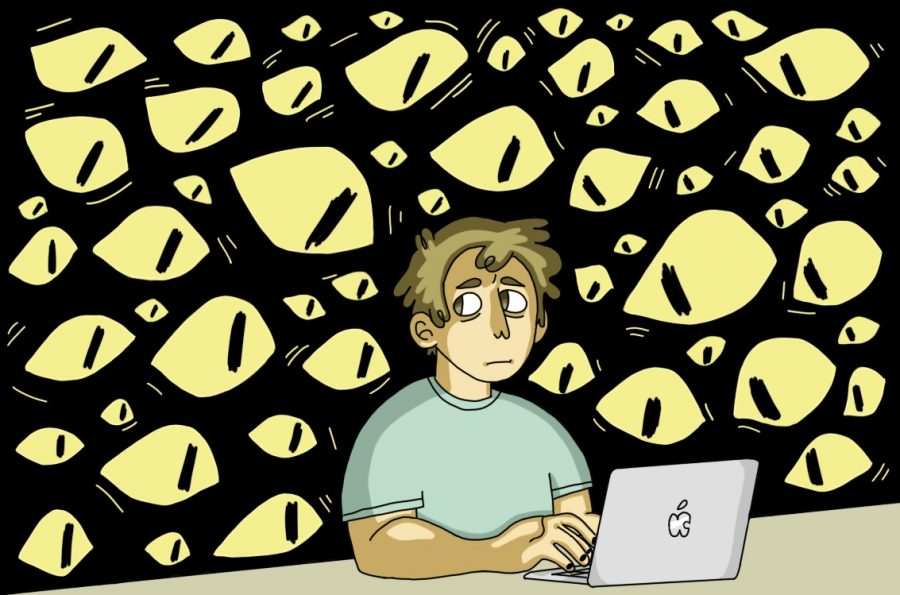Why Do We Feel Like Someone Is Watching Us?
Imagine you’re reading or scrolling through your phone when suddenly you get chills down your spine. It feels like someone is watching you. You turn around, searching for the person. Whether it’s a friend or a stranger, the uneasy feeling is instinctive. This sensation is natural for all of us—it once helped our ancestors avoid danger. But how does this work in humans?
The answer lies in the rapid interaction between our brain and visual centers, as well as some unique features of our species.
The Science Behind “Gaze Detection”
This phenomenon is known as “gaze detection.” Neuroscientific research has shown that the brain cells responsible for recognizing a gaze are extremely precise. If someone shifts their gaze just a few centimeters to the left or right, the uncomfortable feeling disappears instantly. Scientists believe a complex neural network is at the core of this “built-in sensor,” though its exact mechanism is still unknown. Experiments with macaques have confirmed a link between neural networks and gaze detection, even considering the presence of specialized cells in monkeys.
We know that at least ten areas of the brain are involved in vision—possibly even more. The primary role belongs to the visual cortex, located at the back of the brain. However, other regions, such as the amygdala, may also be involved in our “gaze sensor.”
Why Humans Are Especially Sensitive to Being Watched
Humans are particularly attuned to the gaze of others. When someone suddenly changes where they’re looking, we react automatically. This isn’t just a trait of predators, who are naturally sensitive and adaptable to changes in their environment. For humans, it’s more about our dependence on each other and our drive to socialize.
Another difference between humans and other predators is the size of the sclera (the white part around the pupil). In animals, the pupil takes up most of the eye, helping them hide from predators. In humans, a larger sclera makes it easier to notice where someone else is looking.
Peripheral Vision and Social Signals
We don’t need to stare directly at someone to figure out where they’re looking. Peripheral vision helps us judge the direction of another person’s gaze, though it’s less accurate. Some studies suggest that we determine whether someone is looking at us based on a “central fixation point.”
This ability isn’t limited to detecting someone’s gaze. Peripheral vision also helps us understand the position of a person’s head or their posture. Our brain uses this information to help us avoid mistakes.
Is Our “Gaze Sensor” a Protective Mechanism?
A 2013 article in Current Biology suggested that our “built-in sensor” acts as a safeguard against errors. If we feel someone’s gaze, it’s almost certain that someone really is watching us. Professor Colin Clifford, a psychologist at the University of Sydney, found that even if people can’t describe who is looking at them, they still sense the attention.
“A direct gaze can signal a threat, and if you identify something as a threat, you don’t want to miss it. Recognizing that someone is watching you is a protective mechanism,” Clifford explains.
Social and Psychological Aspects
A direct gaze can also serve as a social signal. If someone looks at you for a long time, it usually means they want to start a conversation. Because we’re prone to feeling watched, this sensation can become a self-fulfilling prophecy. When we turn around, our movement may attract someone’s gaze, making it seem like they were watching us all along.
Another explanation is confirmation bias: we tend to remember the times we turned around and someone really was looking at us, but forget the times when no one was. As for the uncomfortable feeling itself, the reasons are purely psychological and not directly related to the physiological process.



